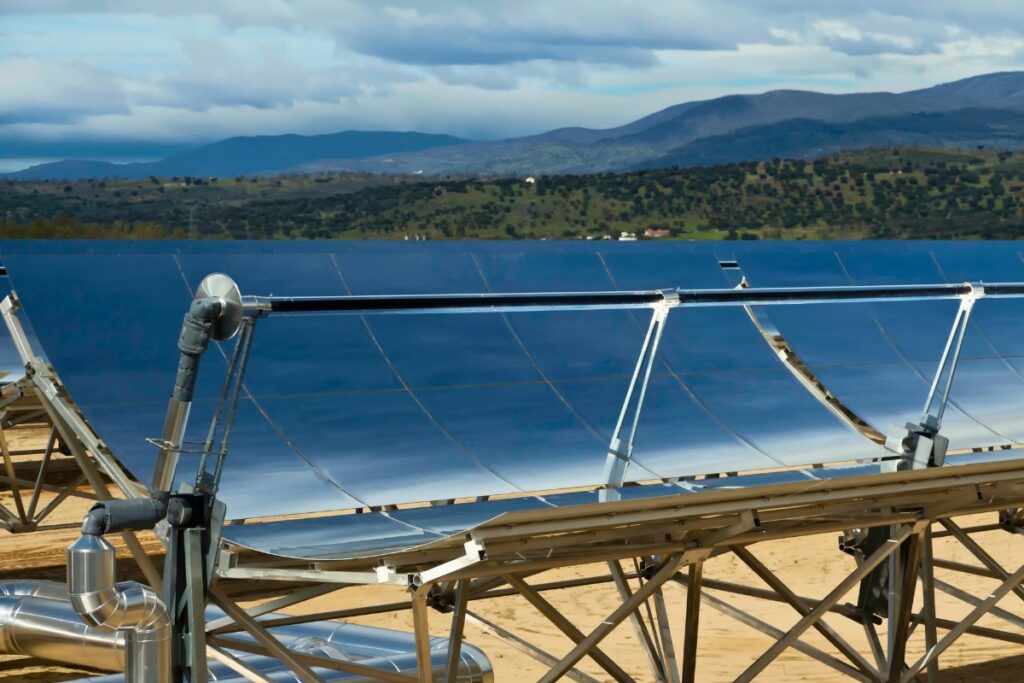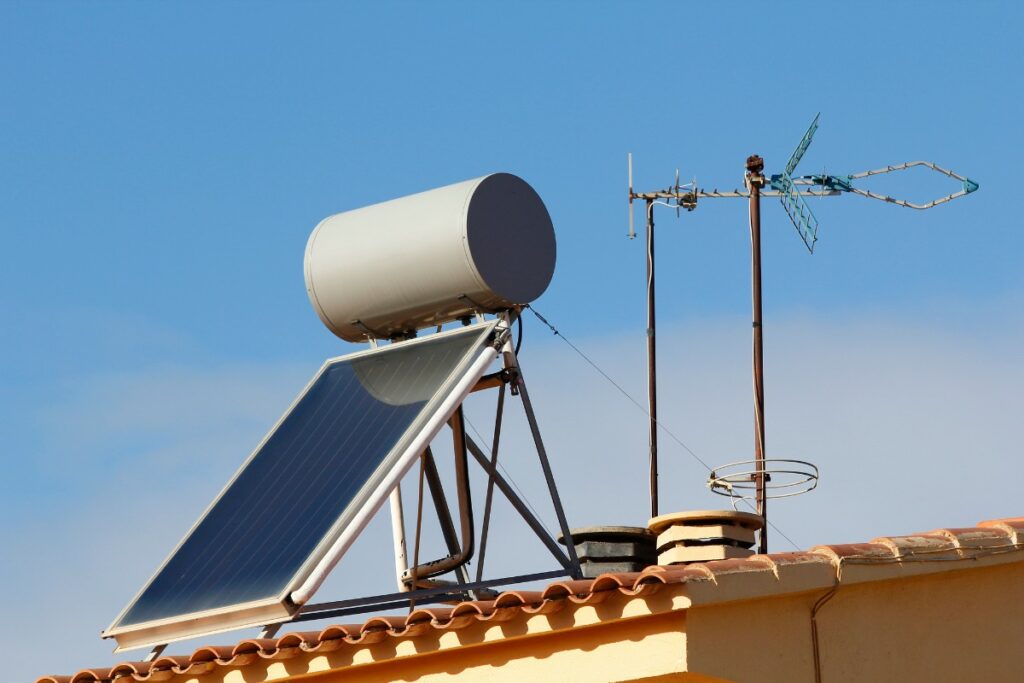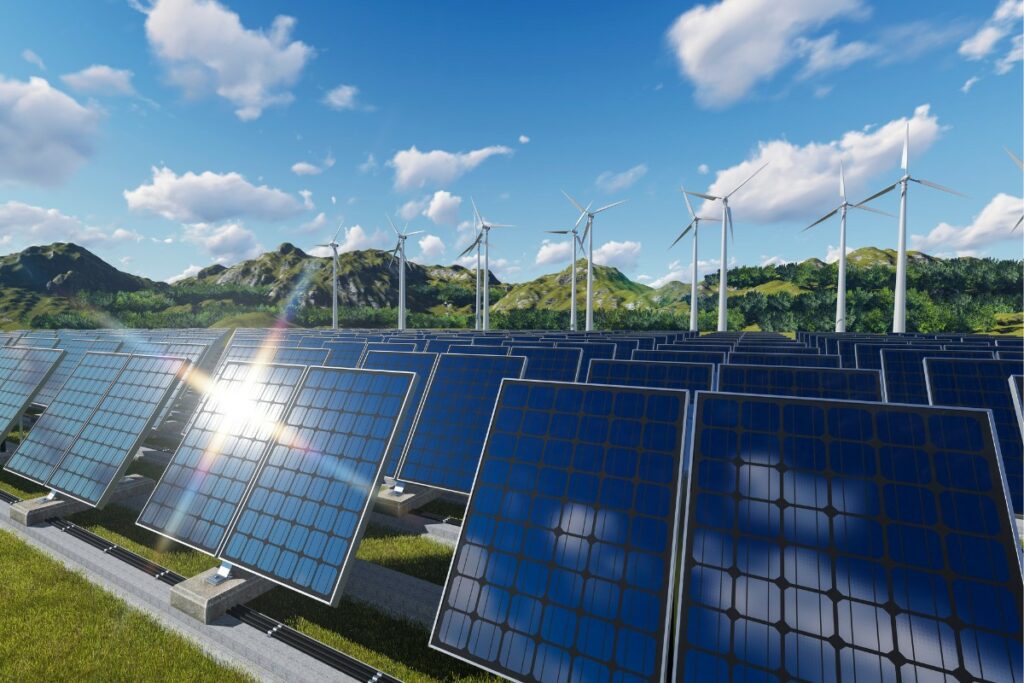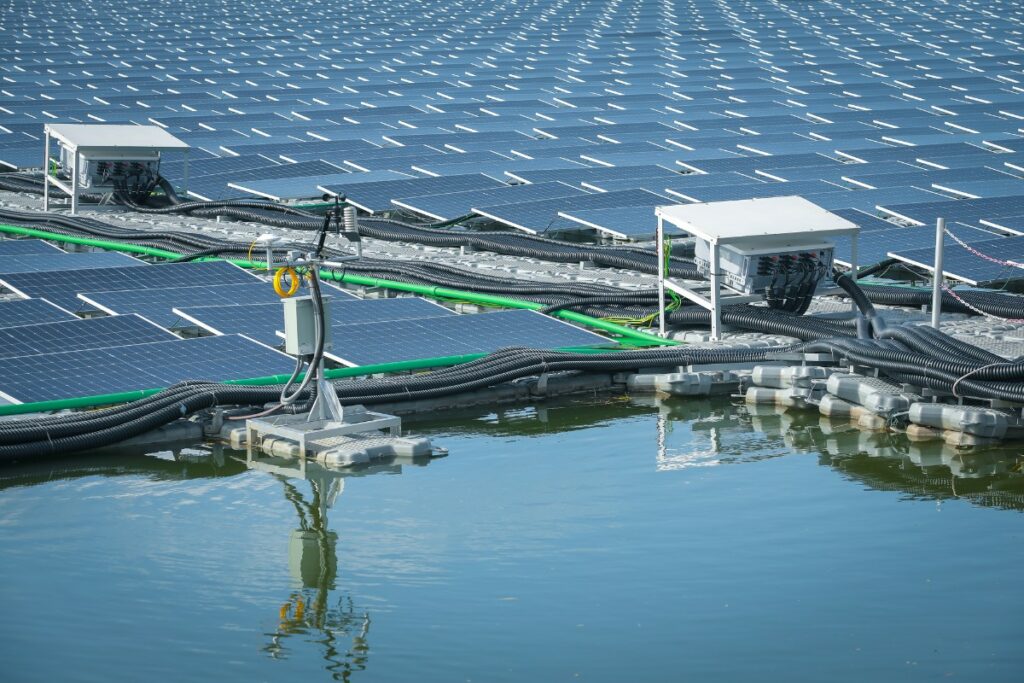If you’re considering using solar alternatives to power your home or business, you may be wondering what your options are.
While rooftop solar panels are a popular choice, they are not the only option available.
There are a variety of solar alternatives that can provide clean, renewable energy to meet your needs.
One alternative to rooftop solar panels is community solar.
This involves sharing a larger solar array with other members of your community, which can be especially beneficial if you don’t have the space or resources to install your own solar panels.
Ground-mounted solar panels are another option.
They can be installed in a variety of locations and can be adjusted to maximize energy production.
Solar sheds and solar shingles are also becoming more popular alternatives to traditional rooftop solar panels.
If you’re interested in exploring solar alternatives, it’s important to do your research and consider your specific needs and budget.
By working with a reputable solar energy provider, you can determine which option is best for you and start enjoying the benefits of clean, renewable energy.
Alternative Solar Technologies
If you’re interested in renewable energy, you’ve probably heard about solar panels.
But did you know that there are other alternative solar technologies available?
Here are a few to consider:
Basics of Solar Energy
Before we dive into alternative solar technologies, let’s review the basics of solar energy.
Solar energy is created by the sun’s rays, which contain photons.
These photons are absorbed by solar panels, which are made up of photovoltaic cells.
The cells then convert the photons into electricity, which can be used to power your home or business.
1. Concentrated Solar Power

Concentrated solar power (CSP) is a technology that uses mirrors or lenses to focus sunlight onto a small area.
This concentrated heat is then used to generate steam, which powers a turbine to create electricity.
CSP is often used in large-scale solar power plants.
2. Solar Water Heating

Solar water heating is a technology that uses the sun’s energy to heat water.
This is done by circulating water through a series of tubes or panels that are exposed to the sun.
The heated water can then be used for domestic hot water or space heating.
Emerging Innovations
As solar technology continues to evolve, new innovations are emerging.
For example, researchers are exploring the use of perovskite solar cells, which are cheaper and more efficient than traditional silicon cells.
Another emerging technology is solar skin, which is a thin film that can be applied to existing surfaces, such as roofs or walls, to generate electricity.
Solar Power Storage
If you’re considering going solar, it’s important to understand how energy storage works.
Solar power storage is a way to store the excess energy generated by your solar panels during the day, so you can use it when the sun isn’t shining.
There are two main types of solar power storage: batteries and thermal storage.
Batteries
Batteries are the most common type of solar power storage.
They work by storing excess energy in a battery bank, which can be used at night or during cloudy weather.
There are several types of batteries available, including lead-acid, lithium-ion, and flow batteries.
Lithium-ion batteries are the most popular choice for solar power storage because they are lightweight, have a long lifespan, and require little maintenance.
They are also more efficient than other types of batteries, which means they can store more energy in a smaller space.
Thermal Storage
Thermal storage is another type of solar power storage that uses heat to store energy.
This technology works by storing excess heat generated by your solar panels in a thermal storage tank, which can be used to heat your home or water when the sun isn’t shining.
Thermal storage is a good option if you live in a cold climate, as it can help reduce your heating costs.
However, it’s important to note that thermal storage systems are typically more expensive than battery systems, and they require more space.
Integration With Other Renewable Sources
Solar energy is a great alternative to traditional fossil fuels, but it’s not the only renewable energy source available.
Integrating solar energy with other renewable sources can help to increase efficiency and reduce costs.
1. Wind-Solar Hybrid Systems

One popular option for integrating solar energy with another renewable source is to use a wind-solar hybrid system.
This system combines wind turbines with solar panels to generate electricity.
Wind turbines are most effective during the winter months, while solar panels are most effective during the summer months.
By combining the two, you can generate electricity year-round.
One benefit of wind-solar hybrid systems is that they require less land than a wind farm or a solar farm alone.
They also have a lower impact on the environment.
Additionally, the cost of the system can be lower than the cost of installing a wind farm or a solar farm separately.
2. Hydro-Solar Energy Systems

Another option for integrating solar energy with other renewable sources is to use a hydro-solar energy system.
This system combines solar panels with hydroelectric power.
The solar panels generate electricity during the day, while the hydroelectric power generates electricity at night when the solar panels are not producing.
One benefit of hydro-solar energy systems is that they can be used in areas where there is no access to the grid.
They are also very reliable, as they can generate electricity 24 hours a day.
Additionally, they have a low impact on the environment, as they do not require the construction of a dam.
Economic and Environmental Impact
Cost Analysis
When it comes to solar energy, one of the most significant advantages is the cost savings over time.
While installing solar panels can be expensive initially, the long-term savings on electricity bills make it a worthwhile investment.
The cost of solar panels has decreased significantly over the years, making it a more affordable option for homeowners and businesses alike.
Additionally, many governments and organizations offer incentives and tax credits to offset the initial cost of installation, making it an even more attractive option.
Sustainability and Carbon Footprint
Solar energy is a clean and renewable source of energy that does not emit harmful pollutants like traditional fossil fuels.
The use of solar energy reduces our dependence on non-renewable resources and helps to reduce carbon emissions, which is a significant contributor to climate change.
Unlike traditional power plants that require large amounts of water to generate electricity, solar energy does not require any water, making it a more sustainable option for areas with water scarcity.
In addition to its environmental benefits, solar energy also has economic benefits.
By reducing our dependence on fossil fuels, we can reduce our reliance on foreign oil and create jobs in the renewable energy sector.
The growth of the solar industry has created thousands of jobs, from manufacturing and installation to maintenance and operation.
Key Takeaways
If you are looking for an alternative to traditional energy sources, solar power is a great option to consider.
Here are some key takeaways to keep in mind:
Solar energy is a sustainable and renewable source of energy.
It has a low environmental impact and does not produce any greenhouse gas emissions.
Solar power is becoming increasingly cost-competitive with fossil fuels.
As solar technology continues to improve, the cost of solar panels and installation is decreasing.
Implementing solar home systems, mini-grids, solar-powered water pumps, and street lights can help overcome challenges of energy access in rural areas.
Solar panels comprise several vital components.
These include solar cells, PV modules, inverters, batteries, charge controllers, and mounting systems.
All these components work together to capture and convert sunlight into electricity.
While solar power is a great alternative to traditional energy sources, it may not be the best option for every situation.
Factors such as location, climate, and energy needs should be taken into consideration before making the switch to solar power.

